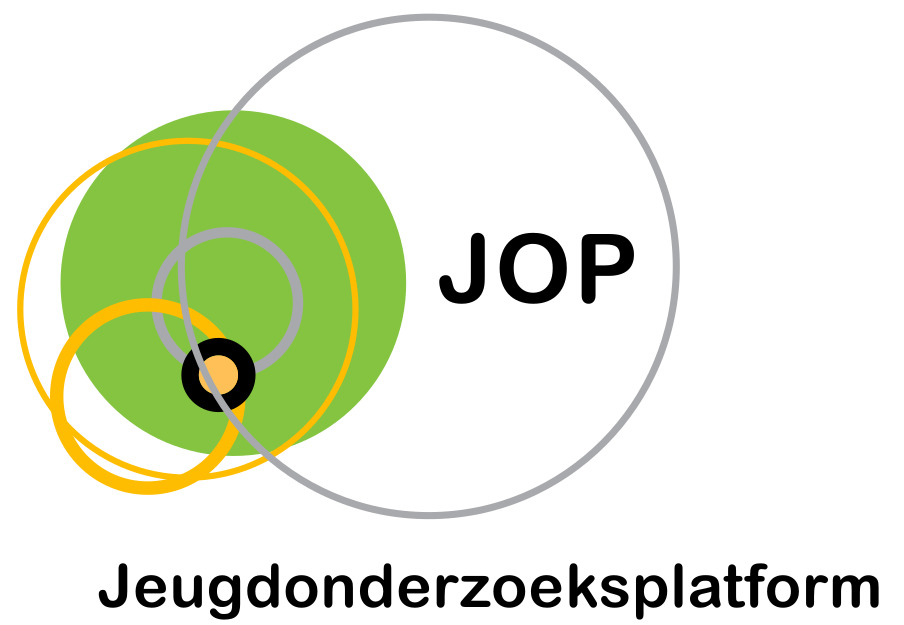Developmental Trajectories of (Cyber)Bullying Perpetration and Social Intelligence During Early Adolescence.
Auteurs
Pabian, S., & Vandebosch, H. (2016).

Abstract
Het doel van de huidige studie is om pesten en sociale intelligentie (SI), een sociocognitief kenmerk
dat wordt voorgesteld als een mogelijke regulator van traditioneel en cyberpesten, te onderzoeken.
We vergeleken SI voor daders en niet-plegers van traditioneel pesten en/of cyberpesten en
onderzochten longitudinale associaties. Een panelonderzoek met vier golven met tussenpozen van 6
maanden werd uitgevoerd onder 1.103 adolescenten. Latente klassenanalyse werd gebruikt om
ontwikkelingstrajecten van pesten over 2 jaar te onderzoeken. Er zijn vier profielen van adolescenten
gevonden: non-stop traditionele pesters, (traditioneel en cyber-) pesters met afnemend daderschap,
(traditioneel en cyber-) pesters met toenemend daderschap, en niet-betrokkenen. Er is geen aparte
categorie voor non-stop cyberpesten gevonden. In een volgende stap werden voor elk profiel latente
groeicurven van SI berekend. Non-stop traditionele pestkoppen hadden de laagste niveaus van SI en
dat bleef ook zo doorheen de tijd. Ook verdere implicaties van deze resultaten voor preventie en
interventie, en voor onderzoek worden besproken.
The purpose of the present study is to examine bullying perpetration and social intelligence (SI), which
is a sociocognitive characteristic that has been proposed as a possible regulator of traditional and
cyberbullying. We compared SI for perpetrators and nonperpetrators of traditional bullying and/or
cyberbullying and examined longitudinal associations. A four-wave panel study with 6-month time
intervals was conducted among 1,103 adolescents. Latent class analysis was used to examine
developmental trajectories of bullying across 2 years. Four profiles of adolescents were found: nonstop
traditional bullies, (traditional and cyber) bullies with decreasing perpetration, (traditional and cyber)
bullies with increasing perpetration, and noninvolved. No separate nonstop cyberbullying class was
found. In a next step, latent growth curves of SI were calculated for each profile. Nonstop traditional
bullies had the lowest levels of SI and their level remained low. Further implications of these results
for prevention and intervention, and for research are discussed.
Referentie
Pabian, S., & Vandebosch, H. (2016). Developmental Trajectories of (Cyber)Bullying
Perpetration and Social Intelligence During Early Adolescence. The Journal of Early
Adolescence, 36(2), 145–170.
Taal
Engels
Publicatievorm
Tijdschriftartikel
ISBN – DOI
https://doi.org/10.1177/0272431614556891
Trefwoord(en)
Bullying, developmental trajectories, social competence, peers
